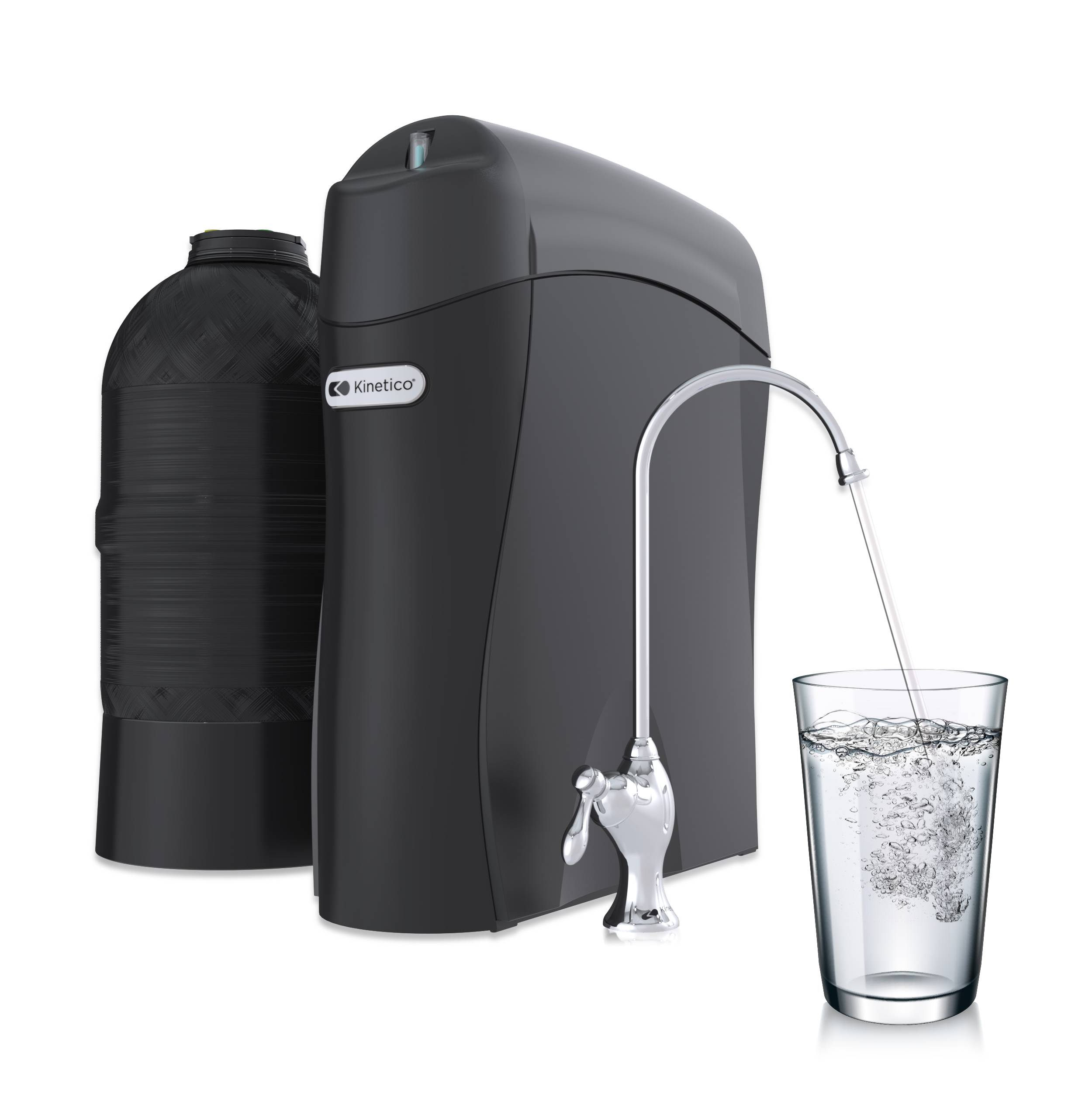In my February blog, I introduced you to a pretty serious situation which is taking place in many parts of the country and all over the world: algal blooms, cyanobacteria and cyanotoxins. Well, it looks like last year’s problems are once again repeating themselves. First a quick refresher…
Cyanotoxins are a group of toxic compounds produced by cyanobacteria. They can be dermatoxins (affect skin) hepatoxins (affect the liver), or neurotoxins (affect the nervous system). Cyanotoxins have caused human or animal illness in more than 50 countries and at least 35 states, and can occur in both fresh and sea water.
Cyanobacteria are often referred to as blue-green algae but they are really bacteria that are photosynthetic. They resemble algae but are really quite different. Not all cyanobacteria produce toxins, and those that do can produce toxins that vary in potency and are therefore a health concern.
So, what happened over the last 12 months in response to this problem? Well, a lot actually. In May of this year, the USEPA (United States Environmental Protection Agency) issued a “health advisory” for two cyanotoxins, microcystin and cylindrospermopsin (see table below).
USEPA 10 day Health Advisory Levels
Health advisories are not regulations, but provide guidelines to officials so that they can adequately protect the public health. There is more than one type of health advisory. Below is a chart and description of the types.
Harmful Algal Bloom Advisory Types:
Recreational Public Health Advisory – A Recreational Public Health Advisory sign will be posted at beaches where toxin levels exceed the recommended threshold, warning individuals who are elderly or very young and people with compromised immune systems that swimming or wading is not recommended.
Recreational No Contact Advisory – A No Contact Advisory sign will be posted when toxin levels exceed the recommended threshold and there are one or more probable cases of human illness or pet deaths attributable to HABs. This sign will warn people that unsafe toxins are present in the water and to avoid any contact.
Drinking Water Advisory – Do Not Drink (bottle-fed infants and children younger than school age) – A Do Not Drink Advisory will be issued for bottle-fed infants and children younger than school age when the toxin levels exceed the recommended thresholds. Alternative water should be used for drinking, making infant formula, making ice, brushing teeth, and preparing food. Healthy school age children and adults may use the water. Do not boil the water.
Drinking Water Advisory – Do No Drink (for all) – A Do Not Drink Advisory will be issued when the toxin levels exceed the recommended thresholds. Alternative water should be used for drinking, making infant formula, making ice, brushing teeth, and preparing food. Healthy adults may use the water for bathing, washing hands, washing dishes and doing laundry. Do not boil the water.
Drinking Water Advisory – Do Not Use – A Do Not Use Advisory will be issued when the toxin levels exceed the recommended thresholds. Alternative water should be used for all purposes. Do not boil the water.
(Source OEPA)
Additionally, no less than five federal and numerous state bills have been introduced to address algal bloom monitoring, toxin levels and fertilizer applications. Nearly every alphabet soup agency and organization is focusing on this problem. Even NASA is getting into the act, joining forces with the EPA, the USGS (United States Geological Survey) and NOAA (National Oceanic and Atmospheric Administration) to implement a satellite early warning system. In addition, 32 states established dedicated resources to answer questions and provide guidance. The problem isn’t just here, but is international in scope. As an aside, in April of this year, I attended the U.S. Algal Toxin Conference in Akron, Ohio. Representatives from seven different countries, all of the government agencies, water utility representatives, engineering firms, professional organizations and academia all weighed in on this issue. “Red Tides” in the Gulf, the “Blob” on the West Coast, and the coming of “El Nino” are all on the radar.
Closer to home, scientists are predicting that the western end of Lake Erie will see one of the most severe outbreaks of toxic algal blooms in recent years. Late August through September is the critical time, and believe me, conditions are ripe. Fortunately, this situation was taken very seriously since the events of last year and there are tools in the box to keep this from becoming a health threat. To find out more in depth information on this subject, including the effectiveness of various technologies for treating it.
Stay Smart, Stay Well
Ed



